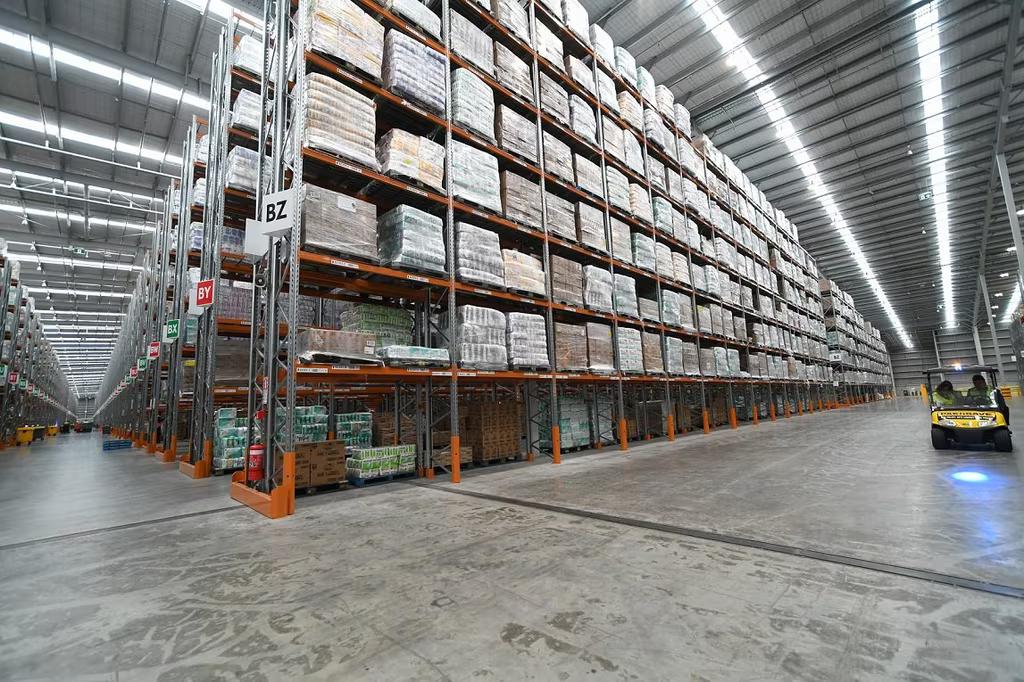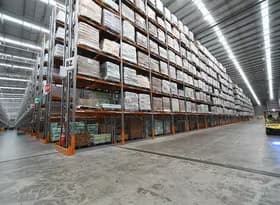
Media Release: Costs from grocery suppliers to supermarkets increase 2.2%pa in December
The pace of supplier cost increases to Foodstuffs supermarkets picked up slightly again in December, with the Infometrics-Foodstuffs New Zealand Grocery Supplier Cost Index (GSCI) showing an average 2.2% increase in what suppliers charged in December 2024, compared to a year earlier.
“This faster annual increase continues the slight change in trend seen in November, of slightly accelerating annual increases,” says Infometrics Chief Executive and Principal Economist Brad Olsen. “December saw a lower number of cost changes, due to the usual summer cost change moratorium on most items. The changes that did occur were larger than normal, and in some specific areas like chilled foods.”
Moratoriums are used by many companies and industries to minimise system changes and protect trading for customers over the holiday period. “December usually sees more limited cost changes, with many items remaining the same in cost, and only more seasonal and perishable items changing,” says Mr Olsen.
The Infometrics-Foodstuffs New Zealand Grocery Supplier Cost Index (GSCI), commissioned by Foodstuffs New Zealand, measures the change in the list cost of grocery goods charged by suppliers to the Foodstuffs North Island and Foodstuffs South Island co-operatives. The Index utilises detailed Foodstuffs NZ data across over 60,000 products the Foodstuffs co-ops buy to stock in their 500+ stores, making it the largest dataset of its type in New Zealand, to give a real-time view on supplier cost changes.
Every month, the Index tracks what it costs supermarkets to buy the goods to put on the shelf. Previous analysis shows that supplier costs are the major component of supermarket prices, representing two-thirds of the on-shelf price.
“Month on month, nearly 1,700 items increased in cost in December 2024 compared to November. December typically has fewer price changes due to the summer cost change moratorium, but this year there were more than normal, notably across chilled foods and produce. There were 120 chilled food items that increased in cost in December, compared to just 6 in December 2023. For produce, there was a 38% increase in cost changes compared to last December, with more cost falls than cost increases.
“Year on year, costs in December 2024 remained higher for all departments compared to December 2023. Chilled goods costs rose 0.4% in the month, accelerating the annual change for this department to 3.5%pa—the fastest since September 2023. This rise was driven by higher dairy costs, including for milk, cream, and butter, as international dairy prices rise. Produce cost increases remain limited, albeit with different underlying trends. Lettuce and tomato costs rose in December, but many fruit costs dropped.”
“Higher dairy prices internationally have pushed up domestic prices too, as prices need to remain competitive between the domestic and export markets. Continued higher prices for cocoa and cooking oil are also evident in the Index. These products are all seeing sustained demand but lower global production, putting pressure on prices. The lower NZD will also put pressure on imported costs in the next few months, raising some concerns about imported costs.”
ENDS
Note:
The Infometrics-Foodstuffs New Zealand Grocery Supplier Cost Index (GSCI), commissioned by Foodstuffs New Zealand, measures the change in the list cost of grocery goods charged by suppliers to the Foodstuffs North and South Island cooperatives.
List cost refers to the cost suppliers charge retailers before trade spend is applied; trade spend being any form of discount provided by a supplier to allow their goods to be discounted.
The Index utilises detailed Foodstuffs NZ data, across over 60,000 products, analysed by independent economics consultancy Infometrics to produce the GSCI and publish it on a monthly basis. For more details see www.infometrics.co.nz/product/grocery-supplier-cost-index.









